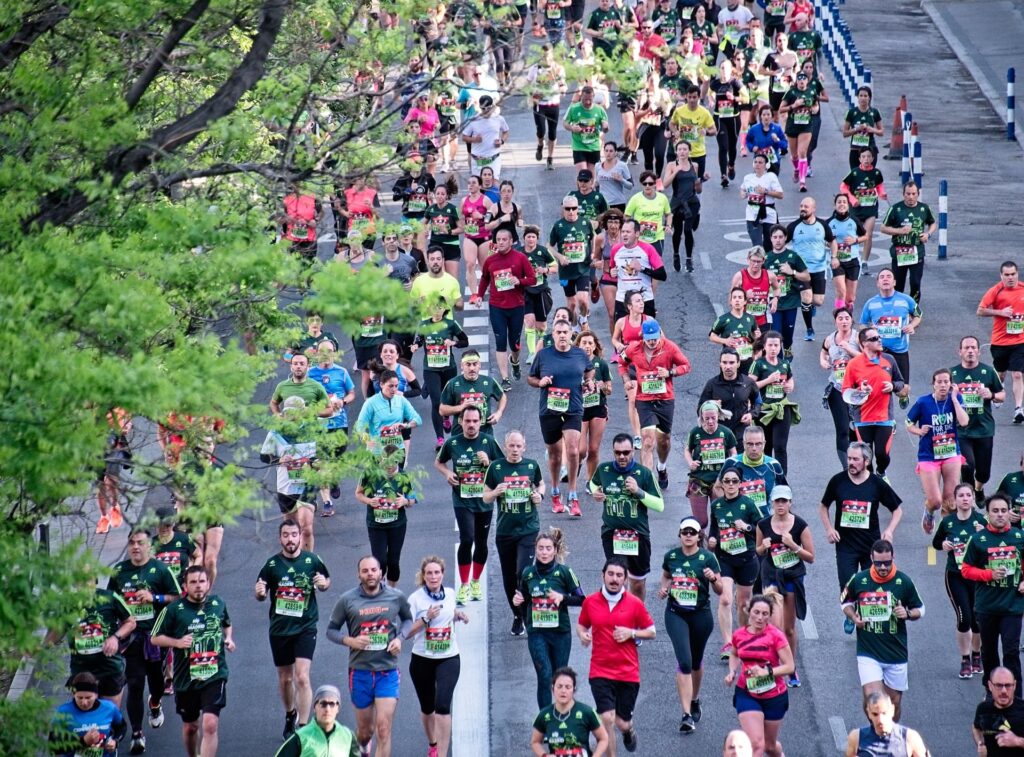
Introduction
Mass gatherings, whether they are music festivals, sports events, or public celebrations, bring people together for shared experiences. However, these gatherings also present unique challenges for medical preparedness, requiring comprehensive strategies to ensure the health and safety of attendees. Dr. Michael Hilton, this article explores the future of medical preparedness in mass gatherings and how innovative approaches are reshaping the way healthcare professionals safeguard crowds during these events.
I. Predictive Analytics and Data-Driven Insights
The future of medical preparedness in mass gatherings involves harnessing the power of predictive analytics. Healthcare professionals analyze historical data, weather patterns, and attendee demographics to anticipate potential medical challenges. This proactive approach enables medical teams to allocate resources effectively and respond swiftly to emerging health concerns.
II. Mobile Medical Units and Rapid Deployment
Mobile medical units equipped with advanced medical equipment and staffed by trained professionals are becoming indispensable at mass gatherings. These units can be rapidly deployed to address medical emergencies, providing on-site care and reducing the need for transporting patients to distant medical facilities.
III. Telemedicine and Remote Consultations
Telemedicine is transforming medical preparedness in mass gatherings by enabling remote consultations. Medical professionals can assess and diagnose minor injuries or illnesses through virtual appointments, reducing congestion in medical tents and ensuring that critical cases receive immediate attention.
IV. Crowd Monitoring and Public Health Surveillance
Advanced technologies, such as drones and sensors, are used for crowd monitoring and public health surveillance during mass gatherings. These tools help identify areas with potential health risks, assess crowd density, and detect emergencies, allowing medical teams to respond proactively.
V. Interdisciplinary Collaboration
The future of medical preparedness in mass gatherings involves seamless interdisciplinary collaboration. Medical professionals work closely with event organizers, security personnel, and local authorities to develop comprehensive contingency plans. This collaboration ensures a coordinated response to emergencies and enhances overall event safety.
Conclusion
Safeguarding crowds during mass gatherings requires a forward-thinking approach to medical preparedness. By utilizing predictive analytics, mobile medical units, telemedicine, crowd monitoring technologies, and interdisciplinary collaboration, healthcare professionals are paving the way for a safer and more secure environment for attendees.
As mass gatherings continue to evolve in scale and complexity, the importance of innovative medical preparedness strategies cannot be overstated. The future of medical preparedness is dynamic and adaptable, responding to the ever-changing landscape of crowd events. By embracing technological advancements and fostering collaboration, healthcare professionals ensure that attendees can enjoy these shared experiences with confidence, knowing that their health and well-being are prioritized.